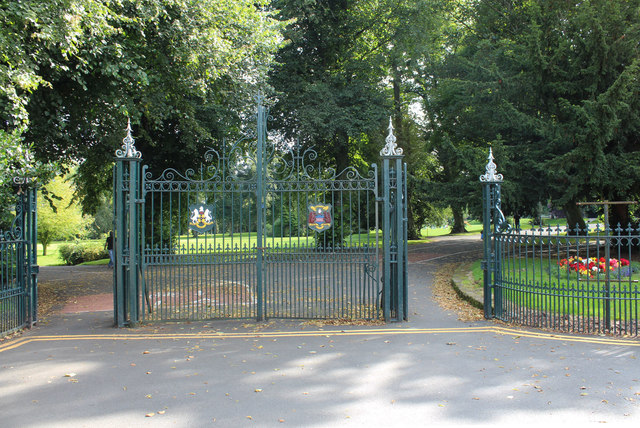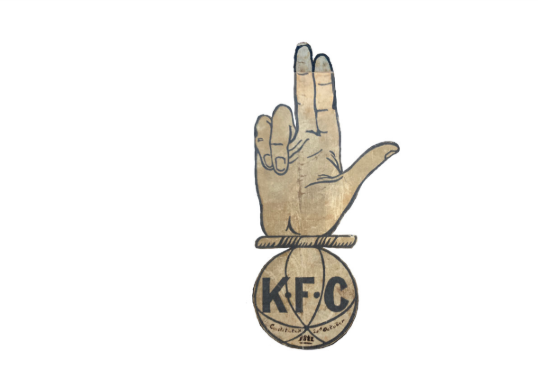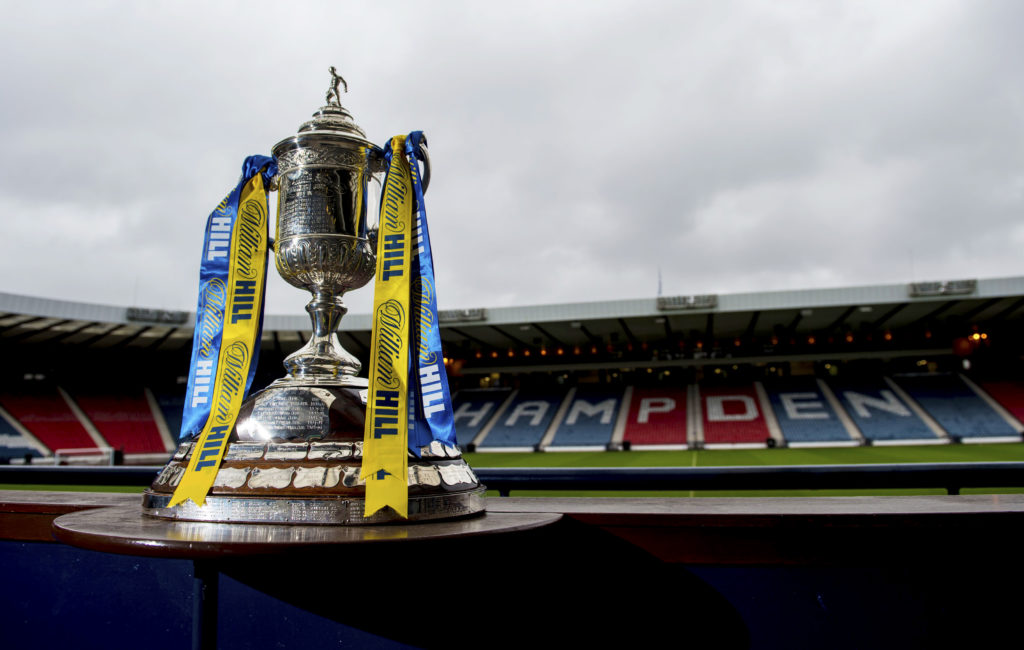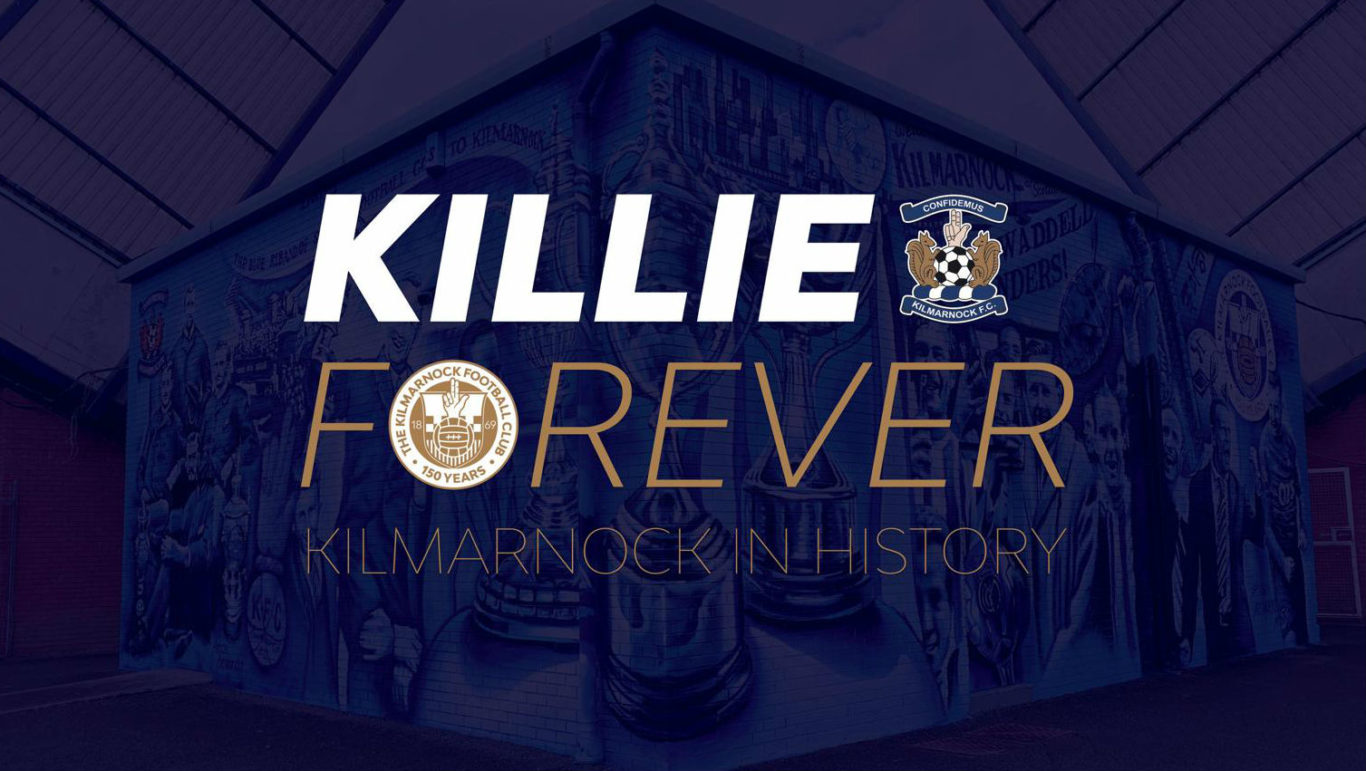Kilmarnock in History: The very first steps
Our Kilmarnock in History series, written by club historian John Livingston, has been running in our official matchday programme since the summer of 2018.
We want to bring these articles to a wider audience and help educate, inform and entertain all generations of Killie fans with a look back over all the highs and lows of our 150 years. In doing so, our research has been ably assisted by references to a number of previous history books on the club.
We recognise and acknowledge the fantastic work done by their authors, such as the “Former Player” who wrote an article on the club in a Scottish F.A. Handbook in 1893-94; The Kilmarnock F.C. Portrait Gallery of 1912; Charles Smith who wrote Kilmarnock F.C. (1869-1919), Hugh Taylor who wrote the Centenary history of the club “Go Fame” 1868-69, and last but not least, David Ross, who wrote the superb 125th Anniversary of Kilmarnock F.C. in 1994 and the “Everygame” updated history of 2001. Thank you to all of them.
Note: The History of Kilmarnock Rugby Club (1868-1973) by J.F.T. Thomson was also used for reference purposes as well.
PART ONE
In the late 1860s, there were many groups of young sporting enthusiasts in the town of Kilmarnock. However, there was one particular group of young men, who we owe a great debt to, as they were the “founding fathers” who created the institution which is now our beloved Kilmarnock Football Club.
The vast majority of this group of young men were friends and former pupils of Kilmarnock Academy in the London Road. In their schooldays, they had played different sports amongst themselves, such as tennis, running, quoits, bowls and rounders, as well as the very popular summertime team game of cricket, which the less organised groups in the town played on any waste ground, whilst the group who were to become our “founding fathers”, played in the vicinity of the St. Andrews Church, or in the Barbadoes Green area (now the south end of the Howard Park in the town today).

The Howard Park and area around it was a key location in the early days.
In the autumn and winter months, they also played a crude form of rugby football on a pitch in an area, then known as Wards Park, which before the development of housing, started near the top end of the present day Howard Park and spread as far across the present Dundonald Road/Seaford Street area to where Charles Street meets the lower end of South Hamilton Street in the town today.
They continued to play at some of these games in their spare time after leaving school, but around the late autumn of 1868, these young enthusiasts decided to organise themselves better, electing a committee from their membership, and by the turn of the year, the secretary/treasurer, John Wallace, had placed an advert in the 2nd January 1869 issue of the Kilmarnock Standard.

The advert placed in the Kilmarnock Standard.
The advert contained information of a general meeting of The Kilmarnock Foot-ball Club, to be held in Robertson’s Temperance Hotel on Tuesday, 5th January 1869, as well as asking people interested in becoming a member of the club to join at the meeting, or at his address of 55 King Street.
NOTE: Some of the group of friends were members of other clubs/societies within the town, such as James Dickie, who was the secretary of the Kilmarnock Cricket Club (formed in 1852) and John Wallace, who was the secretary of the Kilmarnock Shaw Cricket Club, as well as the secretary of the Kilmarnock Young Mens’ Literary Society.
Later in the year of 1869, a membership card was produced, which included a list of office bearers, committee members, the rules of play and the rules of the club itself. Over the following few years, the members of the club continued to play their crude form of football, actually more akin to rugby union than football, and the games they played were always amongst themselves. However, no records exist of any of the results of these games, nor indeed, of any further general meetings either.

The club was officially constituted at a meeting in the George Hotel in 1872.
Eventually, they decided to get really properly organised and at a meeting in the George Hotel, Kilmarnock on Friday 25th October 1872, which was attended by 16 members, the club was officially constituted. They drew up plans to get proper sets of rules (rugby rules), as well as the possibility of a new field to play their games, and also to seek out the possibility of games with other clubs, as well as playing amongst themselves.
The first known game arranged against another club was played on the original site of Rugby Park, near Dundonald Road, and it was against a team representing Kilmarnock Cricket Club. It ended in a 0-0 draw, but it was played to rugby rules and there were only 11 players on either side.
Initially, the majority of members were still agreeing to play under the rugby union rules, but towards the end of the year, after some persuasion from Queen’s Park, who played football to association football rules, there was a decision made to play the game to association football rules, as well as rugby rules. However, this was not to the liking of the number of members who wanted to stick solely to rugby rules.

Kilmarnock FC made a donation to purchase the Scottish Cup
On 3rd March 1873, Queen’s Park sent a letter to Kilmarnock, inviting them to a meeting in the Dewar’s Hotel in Glasgow on 13th March 1873, to discuss the possibility of forming a Scottish Football Association. Unfortunately, that evening Kilmarnock Football Club already had an important committee meeting arranged, but they sent a letter of reply apologising for their absence, but pledging their total support to the formation of the Scottish Football Association, thus becoming one of its eight founding member clubs. They also later made a donation of £1 towards the purchase of a trophy for a competition to be known as the Scottish F.A. Cup, to be played annually by the member clubs of the Association.
Also, in the month of March 1873, invitations to play other clubs both home and away were accepted, and the club met opponents from Paisley and Ayr, with the games being played to rugby rules. However, there was still unrest at the possibility of football rules being played, and a number of the rugby rules enthusiasts eventually left to form their own club.
In October 1873, they took part in their first ever competitive game of association football against another club in Scotland, which was also the first ever Scottish F.A. Cup tie to be played. They lost the game 2-0 to Renton F.C, playing the entire 90 minutes with just 10 players.




